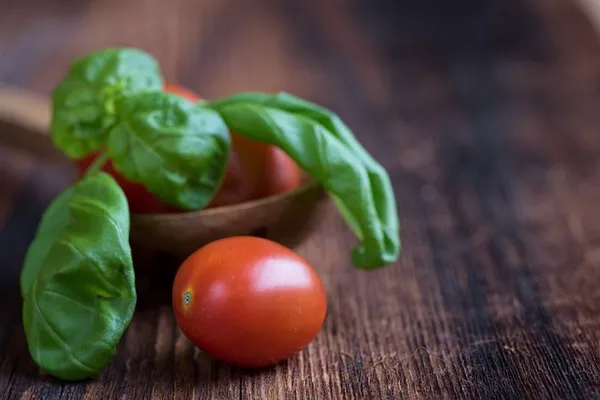Tomatoes (Solanum lycopersicum) are one of the most popular and widely cultivated crops worldwide. They come in a variety of shapes, sizes, and colors, adding vibrancy and flavor to countless culinary dishes. However, the successful cultivation of tomatoes relies heavily on proper pollination, a process essential for the formation of fruit. While many tomato varieties are capable of self-pollination, understanding and practicing manual pollination techniques can greatly enhance yields and quality. In this article, we delve into the art and science of pollinating tomato flowers, providing a comprehensive guide for both novice and experienced gardeners.
The Importance of Pollination
Pollination is a fundamental biological process that involves the transfer of pollen from the male reproductive organs (anthers) to the female reproductive organs (stigma) of flowers. In tomatoes, successful pollination is crucial for the production of fruit. While some tomato varieties are self-pollinating, meaning they can pollinate themselves without external assistance, others benefit from cross-pollination, where pollen is transferred between different plants. Successful pollination leads to fertilization, which triggers the development of the tomato fruit.
Proper pollination not only influences the quantity of fruit produced but also affects fruit size, shape, and overall quality. Inadequate or uneven pollination can result in misshapen or poorly formed tomatoes, affecting marketability and taste. Therefore, mastering the art of pollination is a skill that can significantly improve tomato cultivation outcomes.
Identifying Tomato Flowers
Before embarking on the journey of pollination, it’s essential to identify the different parts of a tomato flower. Tomato flowers are typically found in clusters and have both male and female reproductive organs. The male flower, also known as the stamen, consists of anthers that produce pollen. The female flower, or pistil, has a stigma, style, and ovary. The stigma is where pollen needs to land to initiate fertilization.
Manual Pollination Techniques
1. Vibrating the Flowers
For self-pollinating tomato varieties, a simple technique involves gently vibrating the flower clusters. This motion helps release pollen from the anthers, increasing the chances of it reaching the stigma. You can achieve this by tapping the main stem of the plant or gently shaking the flower clusters using a soft brush or your finger. This method mimics the natural vibration caused by wind or pollinators and can significantly improve pollen distribution.
2. Brushing or Swabbing
Using a small, soft brush or cotton swab, transfer pollen from the anthers of a mature male flower to the stigma of a female flower. This technique is particularly useful when you want to ensure direct pollen transfer between specific flowers. Gently touch the anthers to collect pollen and then brush it onto the stigma. Repeat this process with multiple flowers to enhance pollination.
3. Bagging
Bagging is a method that involves covering selected flower clusters with a breathable mesh bag. This approach protects the flowers from external pollen sources, allowing you to control the pollination process. Before bagging, ensure that the flowers you intend to pollinate are mature and ready to receive pollen. Once the female flower is bagged, manually introduce pollen from a mature male flower by tapping or brushing, as mentioned earlier. Secure the bag loosely to prevent damage to the flowers and ensure proper air circulation.
4. Cross-Pollination
In cases where cross-pollination is desired, you can manually transfer pollen between flowers of different plants. This approach is beneficial when growing multiple tomato varieties or when encouraging genetic diversity. Carefully collect pollen from a male flower on one plant and transfer it to the stigma of a female flower on another plant. Ensure that you label the pollinated flowers to track the resulting fruit and plant characteristics.
Timing and Conditions
Timing plays a crucial role in successful manual pollination. Tomato flowers are receptive to pollination for a limited time window, usually in the morning when the relative humidity is higher. The stigma is most receptive when it’s moist, making pollen adhesion more effective. Additionally, choose flowers that are fully open and mature for pollination, as immature flowers might not have fully developed reproductive organs.
Ensuring Pollinator-Friendly Gardens
While manual pollination can significantly boost yields and fruit quality, fostering a pollinator-friendly environment can also enhance natural pollination processes. Bees, butterflies, and other insects play a vital role in transferring pollen between flowers. To attract these beneficial pollinators:
Plant Pollinator-Friendly Flowers: Include a variety of flowering plants in your garden that provide nectar and pollen for pollinators. Flowers such as lavender, marigolds, and cosmos are excellent choices.
Avoid Pesticide Overuse: Excessive pesticide use can harm pollinators. If pesticides are necessary, opt for those with minimal impact on non-target insects.
Provide Shelter: Create sheltered areas with plants and water sources for pollinators to rest and refuel.
Conclusion
The art of pollinating tomato flowers lies at the intersection of science and technique. Understanding the anatomy of tomato flowers, recognizing the importance of proper pollination, and mastering various manual pollination methods are skills that can elevate your tomato cultivation game. Whether you’re growing self-pollinating or cross-pollinating varieties, the careful application of these techniques can result in bountiful harvests of flavorful and aesthetically pleasing tomatoes. Moreover, by creating a pollinator-friendly garden, you contribute to the health of ecosystems and the sustainability of agriculture. So, roll up your sleeves, grab a brush or a bag, and embark on the journey of becoming a master tomato pollinator. Your taste buds and garden will thank you for it.


